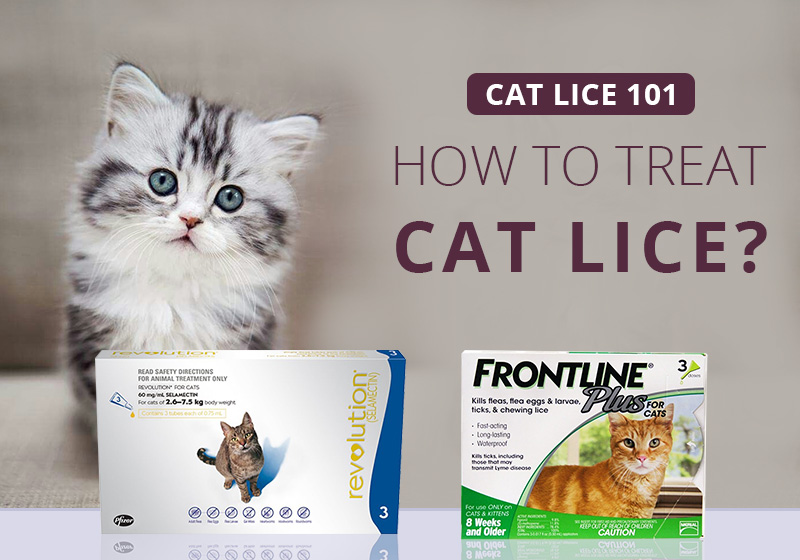
Lice are parasites that attach themselves to the host’s body and feed on the host’s blood. But only one species of lice makes its home on cats, a species called Felicola Subrostratus. This species of lice does not infect dogs, people, or other pets. Cats living in unsanitary conditions are prone to developing lice issues. Though lice infections are not as common as flea infections, it is crucial to protect kitty companions from this dangerous parasite. Lice are species that prefer hunting a group of cats because their proximity gives them an ideal environment to feed themselves from multiple cats. Let’s have a look at some of the treatments that can help you get rid of lice on your cat.
Isolating Your Cat
If you have more than one cat, then this becomes a necessary step for you that will prevent transferring the infection to other cats. You must take proper precautions, like isolating your cat and keeping her in a different room. Isolating your cat also reduces the amount of cleaning required to eliminate the lice.
Topical Treatments
Topical insecticides, including selamectin, fipronil, and Imidacloprid, are all effective against lice. Apply these treatments between your cat’s shoulder blades. Lice treatments such as Frontline Plus, Revolution are usually monthly. Apply every two weeks for four to six weeks, or as recommended by your veterinarian.
Environmental Cleanup
If your cat has lice, you’ll need to disinfect your kitty’s environment. You should replace all of your cat’s items, like bedding or grooming supplies that she uses regularly, or wash them using a disinfectant in hot water. Steam the carpets clean. If your cat has a severe lice infestation, you should treat your home with a fogger.
You can also prefer using insecticidal sprays, powder, as well as shampoos that are effective in killing lice. You should take extra care and treat your cat more than once to kill the nits as they hatch. Please consult your veterinarian before trying any new or unconventional treatment to treat lice on your cats.
